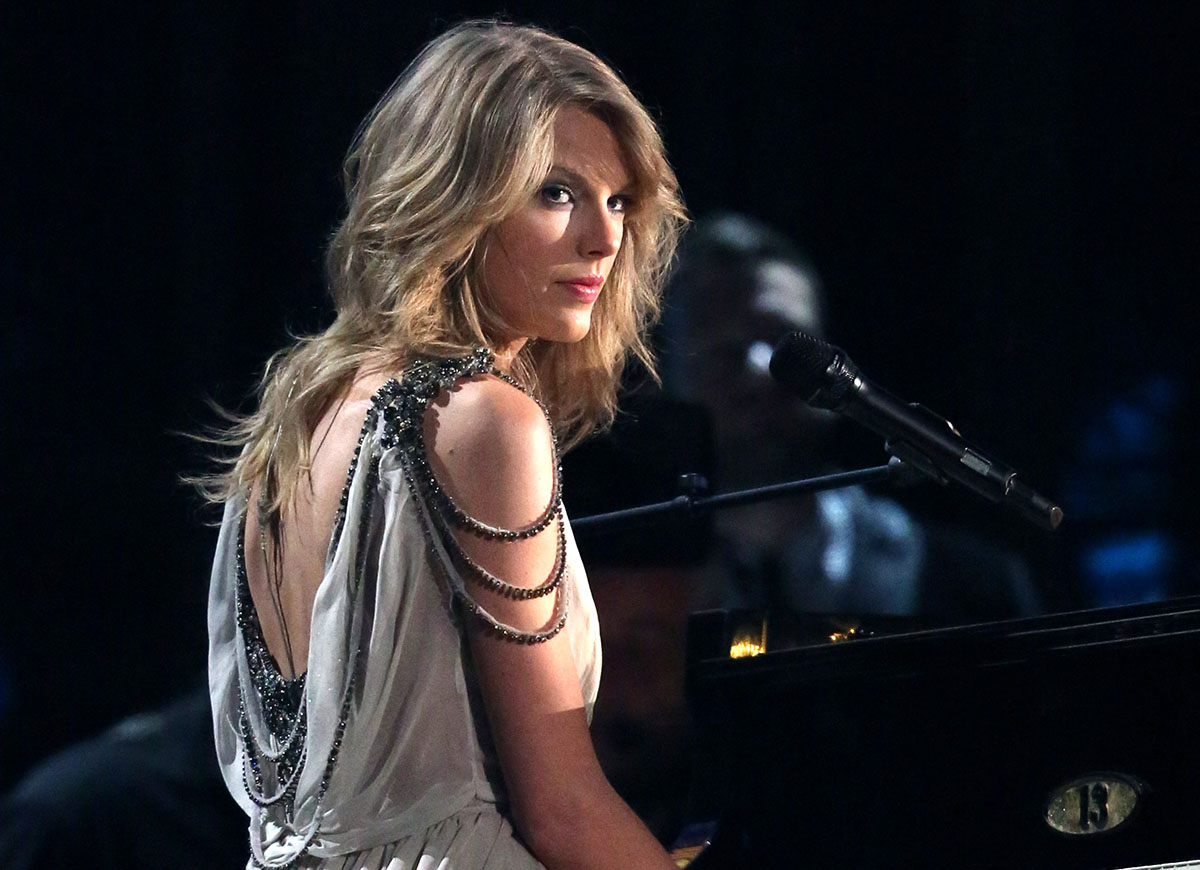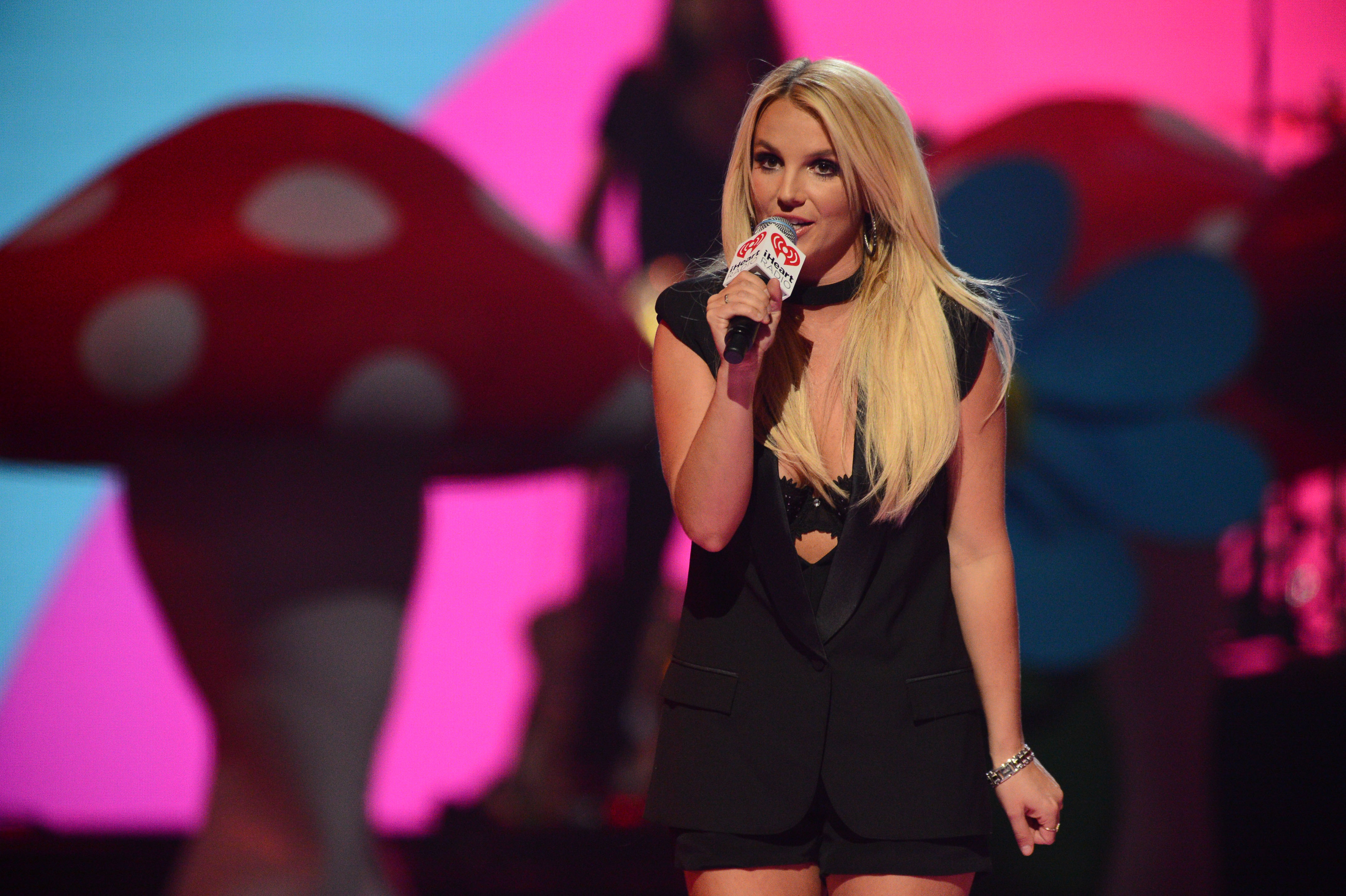 Taylor Swift performs at the 56th annual Grammy Awards at Staples Center in Los Angeles. Swift has had a relationship with the "Now That's What I Call Music" series for more than a decade. The series has reached No. 50, a serious milestone for a physical sales survivor that's managed to navigate all the changes in our digital world to remain relevant, profitable and incredibly consistent since its U.S. debut 16 years ago.
Taylor Swift performs at the 56th annual Grammy Awards at Staples Center in Los Angeles. Swift has had a relationship with the "Now That's What I Call Music" series for more than a decade. The series has reached No. 50, a serious milestone for a physical sales survivor that's managed to navigate all the changes in our digital world to remain relevant, profitable and incredibly consistent since its U.S. debut 16 years ago.Like many music fans, Taylor Swift's relationship with the "Now That's What I Call Music" series stretches back more than a decade. She and her brother would listen to the series when they were children before Swift became a regular contributor with appearances on 10 albums in the run.
"I had 'Now 5, 6, 7, 8, 9,'" the 24-year-old music star says with a smile. "I think now we're at 'Now 1,002,042.'"
Close.
The series has reached No. 50, a serious milestone for a physical sales survivor that's managed to navigate changes in a digital world to remain relevant, profitable and consistent since its U.S. debut 16 years ago. Despite the availability of popular singles and the general erosion of physical album sales, installment No. 50 was expected to debut atop the Billboard 200 this week, marking the series' 18th No. 1. Only The Beatles have more with 19.
Each installment used to be guaranteed platinum, but sales have dropped below 1 million per release during an industrywide decline. Yet it proportionately remains a factor on the charts and is available on streaming and digital platforms. Earning a spot on a volume's track list still can mean an artist has truly penetrated America's pop cultural consciousness.
"It is confirmation of making a song that has become part of the social fabric and will likely remain that way for a while," says Aloe Blacc. His song "The Man" is on No. 50. "When popular songs are compiled in the 'Now' series, you get a snapshot of a moment in time, and to be part of that picture is an honor."
The series - based on a popular British run of the same name that has reached No. 87 - is likely the most successful in modern music history, selling more than 76 million copies in its numbered U.S. series alone, according to Nielsen SoundScan. It remains popular for reasons that include convenience, brand appeal, format preference and familiarity.
"You have the 50 albums, plus dozens of these 'Now'-branded compilations - 'Now That's What I Call Disney,' 'Now That's What I Call Dance Music' - it goes on and on and on, and all those things sell, too," says Keith Caulfield, Billboard's associate director of charts/retail. "Not in the way the numbered compilations do, but it's just all gravy. It's such a well-known brand, when a 'Now' album comes out, you already know what it is."
Nielsen figures show Vol. 5 was the series' most popular, selling nearly 4.8 million copies. The series remained above the platinum level into 2008, and sales for recent volumes hover around 500,000 - a very solid number in 2014. Vol. 50 was expected to be the 49th straight top 10 debut for the series - and all 50 reached the top 10. Over time, though, the reasons behind that success have changed. "Now" filled a gap when it debuted in 1998 that no longer exists.
"People have to remember back in the day before iTunes, before YouTube, the only way you could actually get the song that you wanted, that you enjoyed, was to purchase it as a CD single in the store or to purchase an album that had the song on it," Caulfield says. "And a lot of the singles from the late '90s were not released as commercial singles."
These days, that's not a problem. So who's buying "Now" discs? And why?
Those are questions that series creators ask constantly. Some of the answers they get from buyers they survey are surprising, others predictable.
While physical album sales tend to skew older these days, "Now" runs against that conventional wisdom. Laura Rutherford, "Now" senior vice president of marketing and operations, says slightly more than half its listeners are 24 or younger. Older listeners 35 to 44 account for just 17 percent of sales.
Familiarity and the technological divide seem to drive those buyers. Studies with "Now" buyers show fans keep coming back for simple reasons: First, they know the line and count on it for cherry-picking hits. As Jeff Moskow, the "Now" head of A&R, puts it: "A lot of these fans have grown up with us. They've grown up with our sound, they've grown up with what we represent and they're very comfortable with our brand."
There's also the simplicity of the much-dismissed CD. While today's digital marketplace offers convenience, it's not the kind of convenience everyone wants or can afford. And while much has been made about cars being built without disc players, most American cars still have them. "And the reality is consumers like having a CD they can pop in on a road trip. It has its place in people's lifestyle," Moskow says.
And there's the impulse buy. David Bakula, Nielsen's senior vice president of insights, says the series is shrewdly marketed and timed, colorfully hogging up a lot of space at your nearest big box store at key times of year.
"They come out around gifting time," he says. "You get one in the fourth quarter around the holidays. You get one in the first quarter around the Easter gifting time. You get one in the summer when everybody is singing the biggest summer songs of the year."

